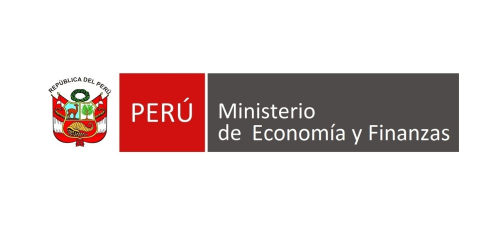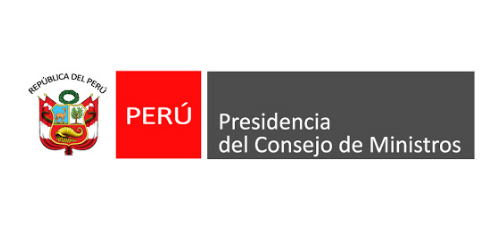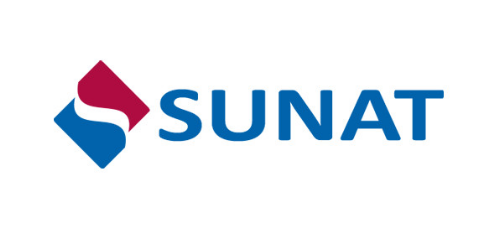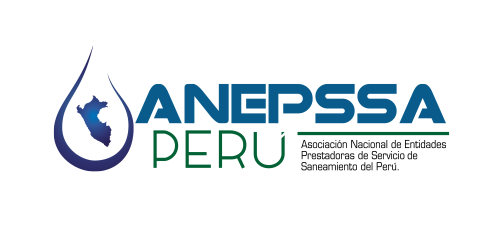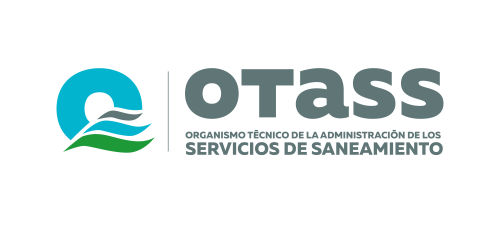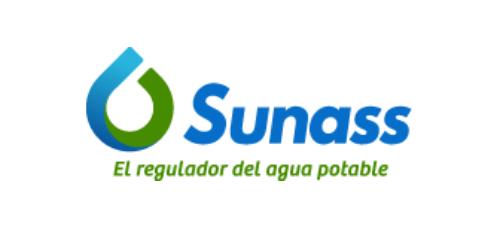- 17 de abril de 2023
This financial metric is typically listed on a company’s balance sheet and is commonly used by analysts to determine the company’s overall fiscal health. The stockholders’ equity, also known as shareholders’ equity, represents the residual amount that the business owners would receive after all the assets are liquidated and all the debts are paid. Shareholder equity is also known as the book value of the company and is derived from two main sources, the money invested in the business and the retained earnings. The stockholder’s equity can be calculated by deducting the total liabilities from the company’s total assets.
For example, you can use a calculator to determine how much your home is worth. The investor can accurately evaluate the condition of a company when Shareholder Equity is combined with other tools and data. To further grasp what shareholders’ equity means, let’s understand how you can calculate it. If the shareholder’s equity is positive, the company’s assets are higher than its liabilities.
Stockholders’ Equity and Paid-in Capital
If you’ve reached the point where you no longer pay PMI, usually at 20% equity, it won’t affect your ability to get a home equity loan or HELOC. Usually, lenders will automatically cancel PMI when your LTV hits 78% or you can request a cancellation at 80%. The final calculation you need to know if you’re interested in your home equity and want to borrow against it is the combined loan-to-value ratio (CLTV). The CLTV is a comparison between your home’s value against your current loan amount and any loans you’re seeking. Once you have the current market value of your home, you’ll need to find your current mortgage balance.
Additional paid-in capital (APIC)
The above formula sums the retained earnings of the business and the share capital and subtracts the treasury shares. Retained earnings are the sum of the company’s cumulative earnings after paying dividends, and it appears in the shareholders’ equity section in the balance sheet. Stockholders’ equity is the remaining assets available to shareholders after all liabilities are paid. It is calculated either as a firm’s total assets less its total liabilities or alternatively as the sum of share capital and retained earnings less treasury shares. Stockholders’ equity might include common stock, paid-in capital, retained earnings, and treasury stock.
What is Shareholders’ Equity?
- Commonly called HELOC, a home equity line of credit, allows you to withdraw funds on an as-needed basis for a designated period of time (known as a draw period).
- For example, you can use a calculator to determine how much your home is worth.
- To calculate your home equity, you’ll need the most up-to-date estimate of your home’s worth.
- Based on the information, determine the stockholder’s equity of the company.
- • Like the ant, companies with high ROIC are disciplined, organized planners.
From the beginning balance, we’ll add the net income of $40,000 for the current period, and then subtract the $2,500 in dividends distributed to common shareholders. Dividend recapitalization—if a company’s shareholders’ equity remains negative and continues to trend downward, it is a sign that the company could soon face insolvency. These earnings, reported as part of the income statement, accumulate and grow larger over time. At some point, accumulated retained earnings may exceed the amount of contributed equity capital and can eventually grow to be the main source of stockholders’ equity. The retained earnings portion reflects the percentage of net earnings that were not paid to shareholders as dividends and should not be confused with cash or other liquid assets.
They methodically grew profit margins through careful investments in high-return opportunities, making the most of their high-ROIC strength to drive sustainable growth in TSR. Meanwhile, companies with high ROIC — grasshoppers and ants, each taking opposite strategies — should prioritize deploying new capital at attractive returns. Commonly called HELOC, a home equity line of credit, allows you to withdraw funds on an as-needed basis for a designated period of time (known as a draw period). Draw periods typically last between 5 to 25 years, with the repayment period beginning as soon as it ends. This means you only repay what you borrow, including interest on that amount.
An alternative calculation of company equity is the value of share capital and retained earnings less the value of treasury shares. If it’s in the black, then the company’s assets are more than its liabilities. If it’s negative, the company has more liabilities than assets, which could put off investors who consider such businesses to be risky investments. Equity held by shareholders, however, is not the only measure of a company’s financial stability. Therefore, it should be used in conjunction with other metrics to provide a more complete view of how a business is doing. Preferred stock, common stock, retained earnings, and accumulated other comprehensive income are all included in shareholders’ equity.
Other comprehensive income (OCI)
Corporations like to set a low par value because it represents their “legal capital,” which must remain invested in the company and cannot be distributed to shareholders. Another reason for setting a low par value is that when a company issues shares, it cannot sell them to investors at less than par value. In accounting for share-related transactions, a few more phrases are crucial. The number of shares authorized is the total number of shares that the corporation may issue under the articles of incorporation of the business.
- But shareholder equity alone is not a definitive indicator of a company’s financial health.
- The investor can accurately evaluate the condition of a company when Shareholder Equity is combined with other tools and data.
- This provides more stable and predictable income, making preferred stocks attractive to investors focused on regular payouts.
- Common stockholders have a claim on the company’s profits through dividends, although these are not guaranteed and are paid at the discretion of the board of directors.
- Paid-in capital, also known as contributed capital, represents the total amount of money that a company has received from investors in exchange for its stock.
When companies issue shares of equity, the value recorded on the books is the par value (i.e. the face value) of the total outstanding shares (i.e. that have not been repurchased). Under a hypothetical liquidation scenario in which all liabilities are cleared off its books, the residual value that remains reflects the concept of shareholders equity. Shareholders’ equity is the residual claims on the company’s assets belonging to the company’s owners once all liabilities have been paid down. Once all liabilities are taken care of in the hypothetical liquidation, the residual value, or “book value of equity,” represents the remaining proceeds that could be distributed among shareholders.
The Shareholder Equity Components
If this figure is negative, it may indicate an oncoming bankruptcy for that business, particularly if there exists a large debt liability as well. Shareholder equity is one of the important numbers embedded in the financial reports of public companies that can help investors come to a sound conclusion about the real value of a company. During a liquidation process, the value of physical assets is reduced and there are other extraordinary conditions that make the two numbers incompatible. The retained earnings are used primarily for the expenses of doing business and for the expansion of the business. Shareholder equity represents the total amount of capital in a company that is directly linked to its owners. When ROIC exceeds the cost of capital, they have earned the right to invest for growth.
A California-native, Alison currently resides in Seattle where you can find her catching a concert or exploring farmers’ markets. Her dream home is a cottage-style house with a chef’s kitchen and a cozy room to store and play vinyl records. For example, if home values are increasing in your area or you’ve made valuable improvements in your home, then your home value can increase. Once these expenses are paid, you’ll receive the remaining profits which you can use toward anything else. If you’re considering selling your home, it’s also a good idea to know how much equity you have.
Book value of equity (BVE) and Market value of equity (MVE) are two important metrics used to assess a company’s value, but they approach this valuation from different perspectives. Next, we’re going to go over the components of the second formula (Common Shares + Preferred Shares + Paid-In Capital + Retained Earnings). First, we’ll go over the components of the first formula (Assets – Liabilities).
Current assets include cash and anything that can be converted to cash within a year, such as accounts receivable and inventory. SE is a number that stock investors and analysts look at when they’re evaluating a company’s overall financial health. It helps them to judge the quality of the company’s financial ratios, providing them with the tools to make better investment decisions. When facing the challenge of improving total shareholder return (TSR), most executives default to growth. But as much as investors value growth, they want to see that companies can manage how to find shareholders equity capital efficiently.
Common OCI components include unrealized gains and losses on investments, foreign currency translation adjustments, and changes in the value of pension plans. OCI allows stakeholders to better assess the company’s overall financial health and performance. An accumulated deficit, also known as a retained earnings deficit or accumulated loss, occurs when a company’s cumulative losses and dividend payments exceed its cumulative profits. APIC benefits the company by providing additional funds without incurring debt, but it doesn’t give individual investors any additional shares or power beyond their total investment purchases. The stockholders’ equity is only applicable to corporations who sell shares on the stock market.




